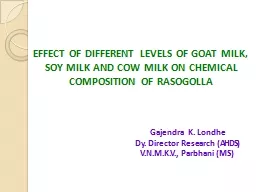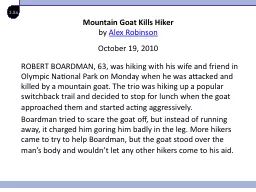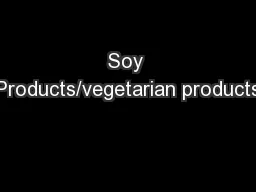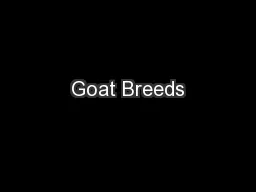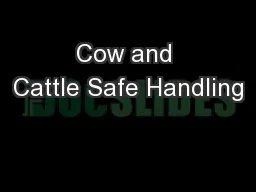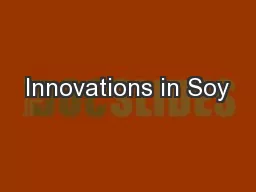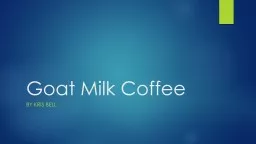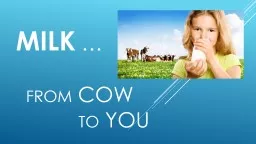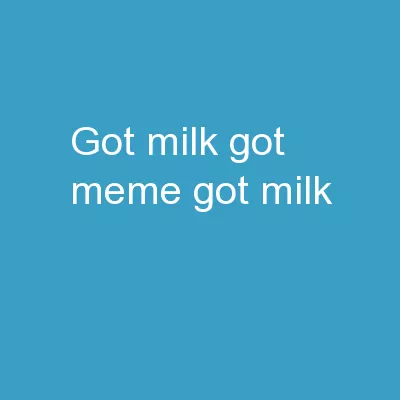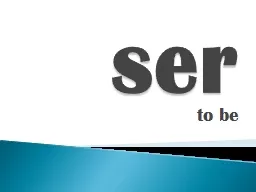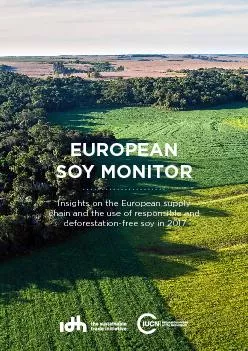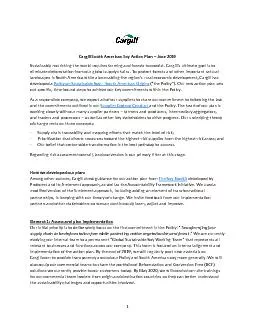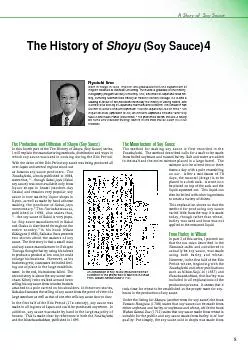PPT-EFFECT OF DIFFERENT LEVELS OF GOAT MILK, SOY MILK AND COW MILK ON CHEMICAL COMPOSITION
Author : trish-goza | Published Date : 2019-02-27
Gajendra K Londhe Dy Director Research AHDS VNMKV Parbhani MS Introduction Chhana is a base material sandesh rasogolla cham cham rajbhog chhana
Presentation Embed Code
Download Presentation
Download Presentation The PPT/PDF document "EFFECT OF DIFFERENT LEVELS OF GOAT MILK,..." is the property of its rightful owner. Permission is granted to download and print the materials on this website for personal, non-commercial use only, and to display it on your personal computer provided you do not modify the materials and that you retain all copyright notices contained in the materials. By downloading content from our website, you accept the terms of this agreement.
EFFECT OF DIFFERENT LEVELS OF GOAT MILK, SOY MILK AND COW MILK ON CHEMICAL COMPOSITION: Transcript
Download Rules Of Document
"EFFECT OF DIFFERENT LEVELS OF GOAT MILK, SOY MILK AND COW MILK ON CHEMICAL COMPOSITION"The content belongs to its owner. You may download and print it for personal use, without modification, and keep all copyright notices. By downloading, you agree to these terms.
Related Documents

